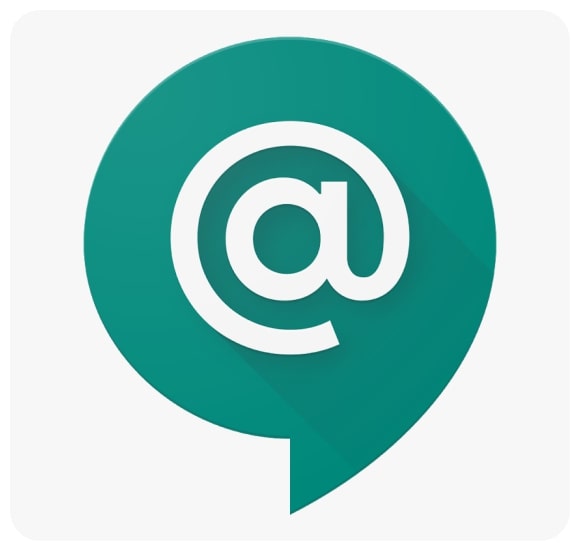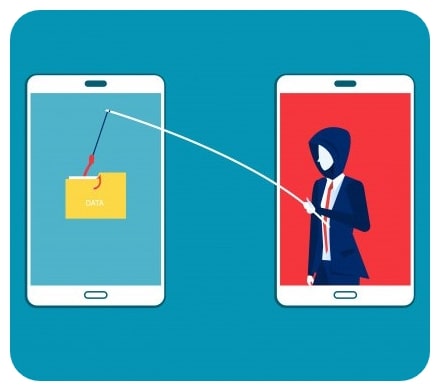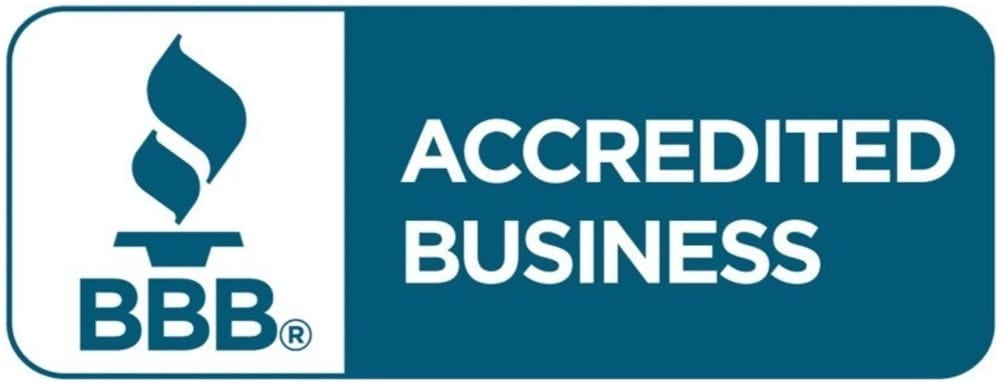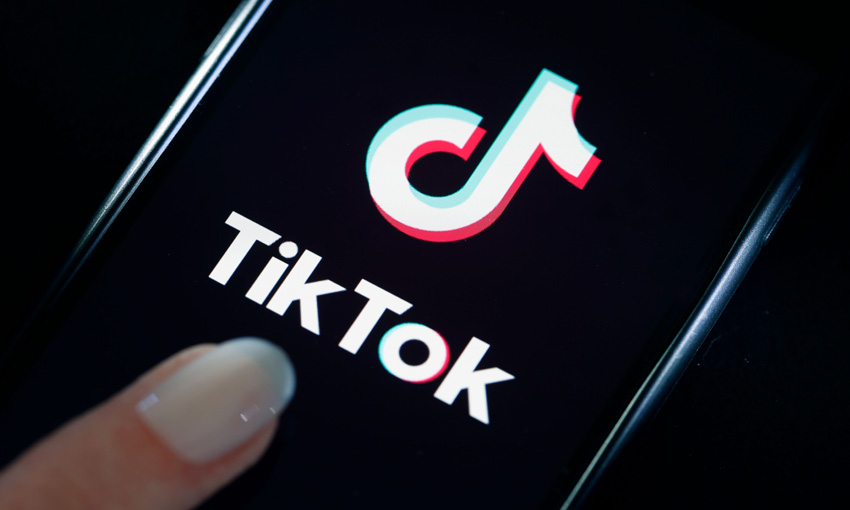Disclosure: Privacy Australia is community-supported. We may earn a commission when you buy a VPN through one of our links. Learn more.
How to Avoid Google Chat Scams

A recent article in the Detroit Free Press confirms the rumors that we’ve all been hearing recently:
Google chat scams are becoming increasingly common, and artists and designers are particularly at risk of becoming the victims of them.
That’s because of one of the core aspects of the work of designers: the fact that they often work freelance, and often work remotely.
It’s notable that the same article in the Detroit Free Press asks an incredulous question – “Who interviews for a job via Google?” – that most designers will immediately know the answer to: us.
The scam in Detroit concerned a young job seeker who was offered an interview for an administration role. The “job” was paying well, and the company seemed legitimate.
During the Google Chat interview, though, the “employer” asked the interviewee to cash a $1000 check, and then use the money to buy a fax machine, a copy machine, and a MacBook Pro.
Though giving the victim money might seem like a strange way to take advantage of them, it seems that the scammer was then planning to demand it back with interest.
What Are Chat Scams?

The idea behind chat scams is simple enough, but they can also be quite sophisticated in their implementation.
At their core, chat scams are a type of phishing attack, albeit one delivered through chat services rather than using a secure email.
In most cases, it seems, applicants for jobs are invited to do an interview.
Then the ’employer’ will ask them for personal details that can potentially be used to steal their money or their identity.
The motivation behind setting up these scams as fake interviews is clear: if a victim is offered the opportunity for a job, they will be more likely to engage with it.
Posing as an “employer” also gives the scammer an air of authority that can be very effective in cheating their victims. Chat scams are therefore a form of advanced social engineering attack: a type of phishing scam that is also becoming more common.
It’s also important to note that you can fall victim to this type of attack in at least two ways.
The ‘classic’ chat scammer will invite you to an interview and then try to steal information from you. But it is also possible that your identity can be stolen and then used by an attacker to pose as you: in this type of attack, you might not know that your reputation is being undermined by someone using your identity for nefarious purposes.
Why Designers Are At Risk

Though anyone can fall victim to a chat scam, those of us working in the design or artistic fields are at greater risk of them than people in other professions. There are a couple of reasons for that.
The first is simply that many people working in the creative industries are Millennials, and Millenials are targeted more than other groups.
Millennials are twice as likely as people who are 40 and older to report losing money while shopping online, according to the Federal Trade Commission’s Consumer Sentinel Network.
The same group is 93% more likely than people aged 40 or older to be swindled by fake check scams and report losing money.
A second reason is that designers often work remotely, are very used to having to take part in interviews via Internet phone systems, and are also often unaware of the threats involved with remote working. Since online interviews are so common for designers, being invited to one does not set alarm bells ringing.
The third reason is that most designers work freelance and, let’s face it, are sometimes a little desperate for work. The necessity to line up the next job can lead to creatives being overly trusting when it comes to this kind of scam.
How To Avoid Chat Scams

For most people, avoiding chat scams involves making sure that the company that has invited them to an interview is legitimate.
That involves being on the lookout for suspicious communications, like that Charles Abell describes in an article from 2015.
It can also involve checking whether a company is registered with the Better Business Bureau, or just simply asking your potential ‘employer’ questions until you are satisfied that they are who they say they are.
If you are a software designer, though, you need to do more to ensure that your identity, or those of the people using your apps, is not stolen to be used in a chat scam. In short, you should not only avoid falling victim to this type of scam – but you also have a responsibility to help prevent it.
Doing that should involve a number of different steps and processes. You should ensure that you are following the best practice guidelines for using data in app design so that intruders cannot harvest data from your creations. You should also ensure that you are using fully-encrypted quality cloud storage systems that keep this data safe if your working environment is compromised.
Finally, you should make sure that all of the communications passing between your team members are secured, by using a messaging environment like Sketch for teams. If your identity, or the identity of one of your employees, is stolen and used in a chat scam, the consequences for your business could be severe.
Not only will you have to (potentially) pay a fine, but the reputational damage done to your company will quickly impact your bottom line profits.
Trust No-One
At the broadest level, protecting both yourself and your users from chat scams means developing a healthy skepticism about all the communications you have online.
For starters, researching people you meet online and using common sense. Even the best VPN service around won’t protect you if you’re not careful with your data.
In your professional life, if a job opportunity sounds too good to be true, it probably is.
When designing apps, don’t trust the user to keep data secure, even when doing this seems like it would be obvious.





